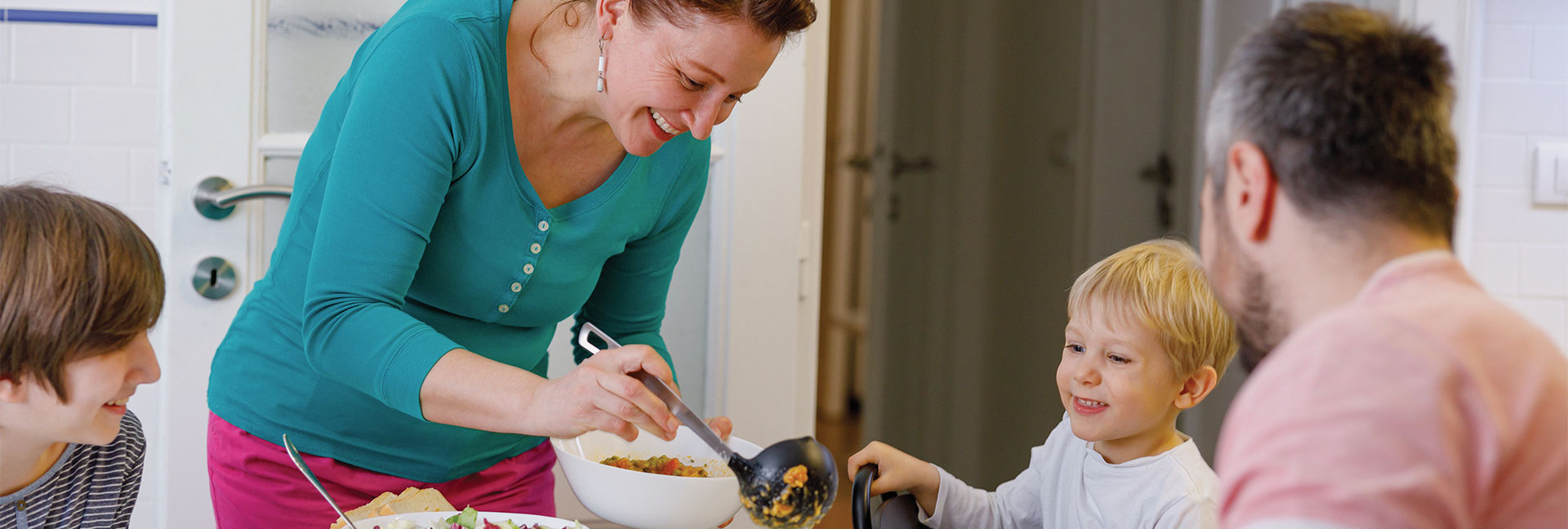
Add a boost of fiber by adding in a can of black beans. Drain and rinse the beans, then throw them in when there’s about 15-minutes remaining to let them warm up.




It’s spicy, savory and deeply satisfying on a chilly winter day. The leftovers are great for making burritos with whole grain tortillas or warmed up with a fried egg on top.



Adapted from:
http://ongov.net/dss/documents/good-and-cheap.pdf
Side-Lying Hold
This hold is useful when:
Cross-Cradle Hold
This hold is useful when:
Clutch or “Football” Hold
This hold is useful when:
Cradle Hold
This hold is useful when:
Laid-Back Hold
This hold is useful when:
Share
Share this link via: